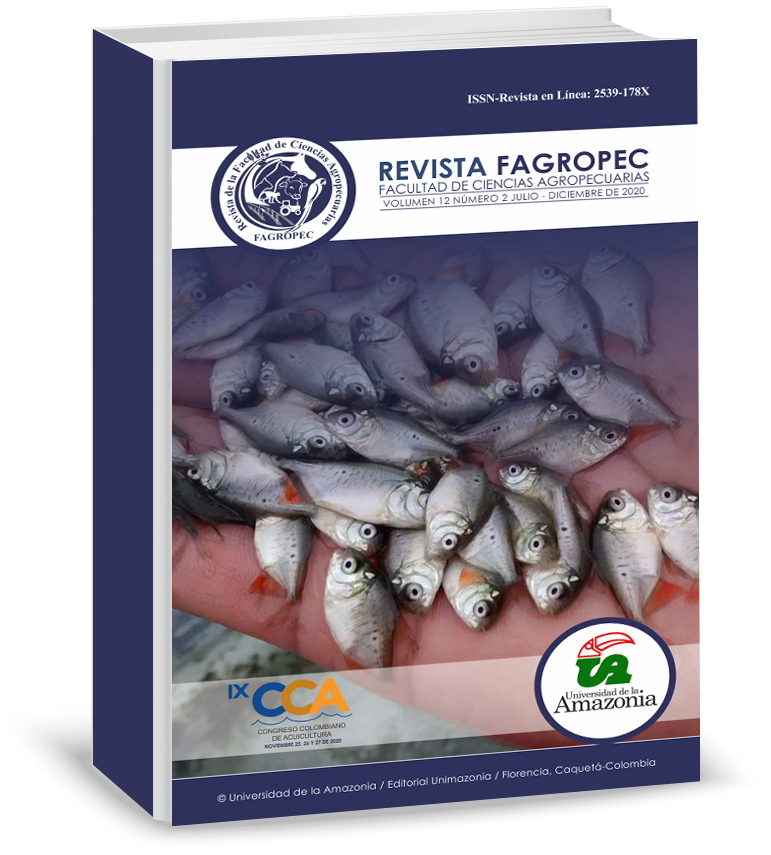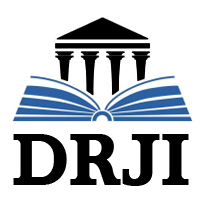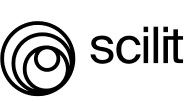Analysis of fish production in the municipality of Florencia, Caquetá, Colombia
DOI:
https://doi.org/10.47847/fagropec.v12n2a2Keywords:
Colombian Amazon, fish farming, agricultural productionsAbstract
The present work is based on the results obtained after conducting an analysis of fish production in the municipality of Florencia, which is located in the Colombian Amazon; six townships were taken into account; that of El Caraño, that of Santo Domingo, that of Venice, that of San Martín, that of Orteguaza and that of San Pedro. 120 families were surveyed and four basic components related to production were evaluated: the social, the productive, the economic and the legal-environmental components. The data obtained were entered into the Infostat professional version program (Di rienzo, et al., 2019). From there, a principal component-PCA analysis was performed; Regarding the social component, it was found that 120 families depend on the activity under study and that it contributes about 78% of the economic capital of that population; It is also evidenced that a great variety of species are cultivated and that the greatest production takes place in the district of Venice, producing approximately 200 tons per year, to a greater extent of cachama; For its part, the El Caraño district produces mostly silver mojarra (Oreochoromis niloticus) and Amazonian shad (Bricon melonepterus), an average of 1 ton per year; the Santo Domingo district produces carp (Ciprinius carpio) and bocachico (Prochylodus nigricans) in approximately 2 tons per year; San Martín, San Pedro and Orteguaza have medium productions. Among the species with the highest economic value is the pirarucú (Arapaima gigas), with a value of between 20,000 to 26,000 COP per kilogram and the Striped catfish (Pseudoplatystoma fassciatum) with a value of between 11,000 to 14,000 COP per kilogram. It is also evidenced that only one (1)of the 6 townships meets the requirements established for proper environmental and legal operation.
Downloads
References
AcuaTIC.. (2012). Historia de la piscicultura en Colombia. Consultado el 16 de abril del 2019. https://cutt.ly/zhpijPm.
Di Rienzo J, Casanoves F, Balzarine M, Gonzales L, Tablada M y Robledo C. (2019). InfoStat versión 2019. Grupo InoStat. FCA. Universidad Nacional de Córdoba, Argentina. http://www.infostat.com.ar.
Dirección nacional de recursos acuáticos (DINARA). (2010). Manual básico de piscicultura en estanques.Consultado el 16 de abril del 2019.http://www.mgap.gub.uy/sites/default/files/multimedia/1959_manual.pdf.
Estrada-Cely G, Ocaña-Martínez H, Suárez-Salazar JC. (2014). El consumo de carne como tendencia cultural en la amazonía colombiana. Rev CES Med Zootec. Vol 9(2): 227-237.
Merino M, Bonilla S, Bages F. (2013). Diagnóstico del estado de la acuicultura en Colombia. Colombia. AUNAP autoridad nacional de acuicultura y pesca- FAO Bogotá. Consultado el 26 de mayo del 2019. https://cutt.ly/mhpoRZT
Polonia-Rivera C, Roca-Lanao J, Altamar L, Manjarrés-Martínez. (2016). Renta económica asociada a la acuicultura en Colombia: un análisis basado en once núcleos de producción. Autoridad Nacional de Acuicultura y Pesca (AUNAP), Santa Marta, 16 p.
Servicio nacional de calidad y salud animal (SENACSA). (2006). Manual de producción piscícola. Tema.
Producción piscícola. Paraguay. Consultado el 16 de abril del 2019. http://www.senacsa.gov.py/application/files/1114/2706/9638/manual_piscicultura.pdf.
Unidad de planificación rural agropecuaria (UPRA). (2006). En Florencia, Caquetá se valida la información de acuicultura. UPRA; (1): 1.
Villamizar N. (2012). Elaboración de una guía ambiental para el subsector acuicultor colombiano. Universidad pontifica bolivariana, ingeniería ambiental. Consultado el 26 de mayo del 2019. https://cutt.ly/Fhpo6O0
Downloads
Published
Issue
Section
License

This work is licensed under a Creative Commons Attribution-NonCommercial-ShareAlike 4.0 International License.
























